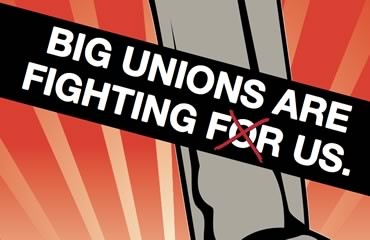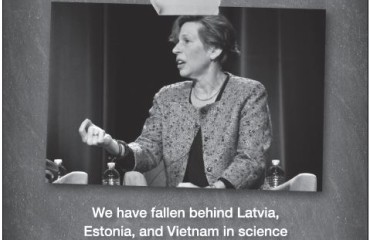Whenever there’s a labor union negotiating a contract with a major manufacturer, we all accept that their negotiation is defined by their competing interests. But with the recent case of Boeing’s contract with the International Association of Machinists, the more significant competing interests were actually within the union itself.
National leadership at the IAM simply had different priorities than local. This disagreement is exposed via the main sticking point of the negotiations; retirement benefits. IAM local demanded that workers keep their defined-benefit plans intact, while Boeing was only offering defined-contribution
The real issue is why IAM national staked itself in opposition to IAM local and recommended accepting Boeing’s deal. The threat of Boeing leaving Washington state for cheaper labor in (potentially) Right-to-Work territory was legitimate and real. These states would be significantly more difficult territory for IAM national to organize dues-paying members. So, when Boeing gave their final offer sans pension plans, national IAM made a cold decision to push away the local’s specific demands for the sake of preserving their own self-interest. The term ‘Big Labor’ isn’t just a political euphemism reserved for rhetoric in Washington, D.C. It’s an actual criticism that has resonated with workers nationwide and more recently in Washington state.



